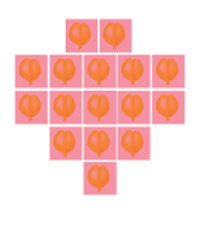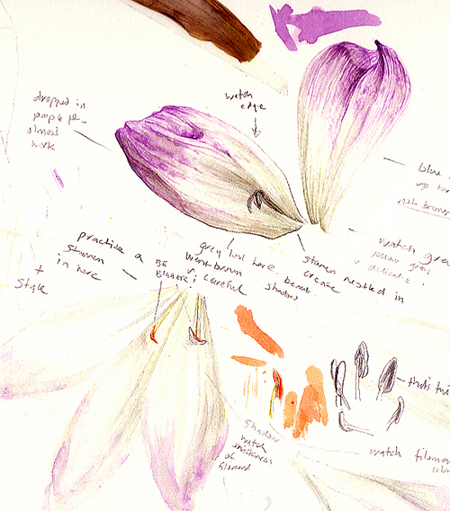White, Goose, Storm (observing)
 Pete Postlethwaite is sending an arrow through my heart. Romeo and Juliet, The Age of Stupid and Brassed off, in that order, keep running round my head. Not the New Year I had expected. To me it feels a slow year to get started. It’s been a cold white winter with some snow and an ever present frost that’s been drilling down to my herbs. My New Year plan was to set in some kind of ‘freeze’, my own personal green audit framework. I’ve been languishing instead. Not only because of the loss of Pete Postlethwaite on our theatre and TV platforms, but I’ve also been mourning the loss of our new gander on the garden stage. Only three, he was found dead one morning by my mum. A heart attack, maybe a weak heart because he was a runt. He was our first all white gander and had a high pitch gorgeous chime of a call (he was called Sarah!) I recorded the loss of the grey gander here.
Pete Postlethwaite is sending an arrow through my heart. Romeo and Juliet, The Age of Stupid and Brassed off, in that order, keep running round my head. Not the New Year I had expected. To me it feels a slow year to get started. It’s been a cold white winter with some snow and an ever present frost that’s been drilling down to my herbs. My New Year plan was to set in some kind of ‘freeze’, my own personal green audit framework. I’ve been languishing instead. Not only because of the loss of Pete Postlethwaite on our theatre and TV platforms, but I’ve also been mourning the loss of our new gander on the garden stage. Only three, he was found dead one morning by my mum. A heart attack, maybe a weak heart because he was a runt. He was our first all white gander and had a high pitch gorgeous chime of a call (he was called Sarah!) I recorded the loss of the grey gander here.
I’ve been observing a white and pink plant this winter. The white of plants is a chalky white says Derek Jarmen*, and chalky white is great as it’s a warm white and so plants even if white, warm you… My granny Whisker (yes, that’s her real name) died of leukaemia, and Colchicum autumnale, Autumn Crocus is linked to some treatment associated with this disease, and so I choose to observe and paint it. It’s dedicated to her; she fired my imagination with poetry, gardens she themed for each one of my family, and unseen fairies that left presents on each of the Irish east coast sea shelled mornings.
On January 18, 2008, the Botanic Gardens Conservation International (representing botanic gardens in 120 countries) stated that “400 medicinal plants are at risk of extinction, from over-collection and deforestation, threatening the discovery of future cures for disease”. These included yew trees (the bark is used for cancer drugs, paclitaxel); Hoodia (from Namibia, source of weight loss drugs); half of Magnolia species (used as Chinese medicine for 5,000 years to fight cancer, dementia and heart disease); and Autumn Crocus (for gout).
From Wikipedia, the free encyclopedia, March 2001Leukaemia has been successfully treated with Autumn Crocus, and the plant has also been used with some success to treat Bechet’s syndrome, a chronic disease marked by recurring ulcers and leukaemia.
From Plants For a Future

Colchicum autumnale observational work (and further above, Gilbert & George Gorse Hearts by Dominica Williamson)
As I came into February, I started studying the leaves of this plant. Appropriately, they have a sheen and stand strong. Valentine’s day approached at this time, and so Romeo and Juliet came back, swimming through my head, Baz Luhrmann’s fast flying cuts swirling round, Pete’s wisdom was in front of me again. Arr, the Age of Stupid, yes, he would want me to stop languishing and get an audit framework started and to keep observing more and more. And my boyfriend must have felt that too, cos here’s a washed up badger brush from the tideline, which saved him £40 and answered my prayers about not buying badger but wanting quality and a girl’s version. And so the audit starts with a cold white winter behind me, but a warm white soul and a new green way to shave.

My boyfriend found, painted and photographed the brush
*Nearly all white flowers are yellowish white and the comparatively few that are bluish white such examples as Omphalodes linifolia are of a texture so different from snow that one cannot compare them at all – I should say that most white flowers are near the colour of chalk; for although the words chalky white have been used in a rather contemptuous way, the colour is really a beautiful warm white, but by no means an intense white.
Derek Jarman, Chroma, p16